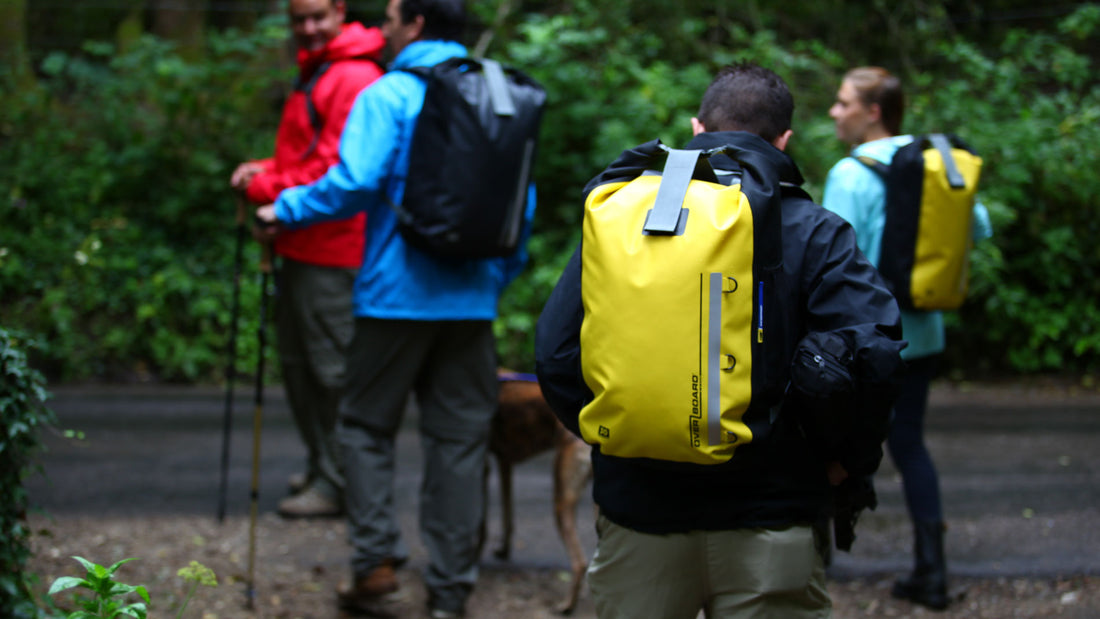
Backpacking equipment guide 2019 (Ultimate Checklist)
Share
Preparing for your next backpacking trip?
Well, you’ll need the right gear, won’t you? Whether you’re a beginner backpacker or an experienced veteran, you’re probably aware that for a truly successful backpacking trip, you’ll need to invest in the essentials.
So, what are the essentials, you ask?
Luckily for you, we’ve created a backpacking equipment guide to get you started.
Read on for your ultimate backpacking gear list:
Backpack
Let’s kick off the list with the first and most obvious item that you need for your backpacking trips - the backpack itself. 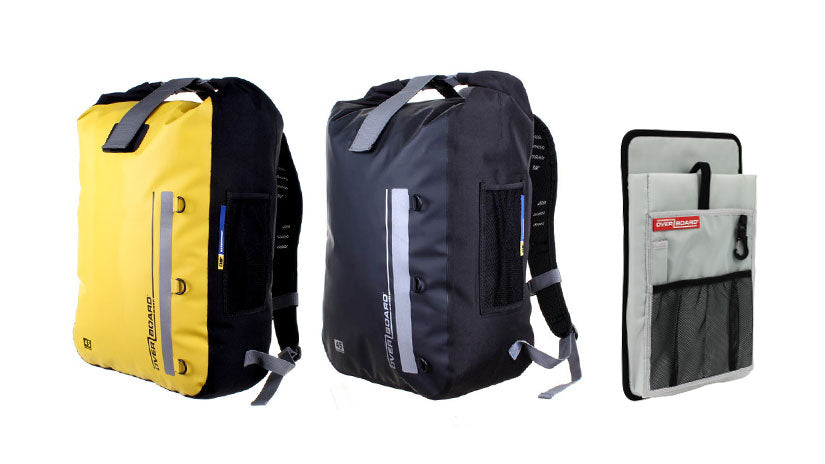
Now there are certain qualities that make up a really great backpack. You want something lightweight, durable and weather resistant. Luckily, there are a plethora of options out there - ranging from super light and compact to bulkier and roomier.
The exact size you get all depends on the length of your backpacking trip, and how much gear you’re planning to take. For most beginner backpacking trips, between 45-65 litres is perfect.
Opt for something that feels comfortable, is waterproof, and also offers easy organisation for all your gear inside. Trust us, you’re going to be thankful for a well-organised backpack when you can find your things with ease.
Backpacking tent
Next on the backpacking gear checklist is another essential item - the tent.
Sleeping outside requires proper protection from the elements. With the right backpacking tent, you’re guaranteed a good night’s sleep to restore your energy for your next day’s activities.

Weight-wise, you should be able to find a quality 2 person backpacking tent that weighs up to 5 pounds. If you’re looking for something more lightweight and compact, keep in mind that it may not offer as much protection from the elements at night.
Consider how much interior space you require. Whether this is a beginner backpacker trip or you’ve been on loads, it’s worth investing in a durable and high-quality tent that’s easy to set up while still being spacious and lightweight. It’s out there!
Sleeping bag
Don’t underestimate the importance of a good night’s sleep when you’re on a backpacking trip. You’re likely to be shattered from the activities of the day, and you’ll need somewhere warm and cosy to rest your head.
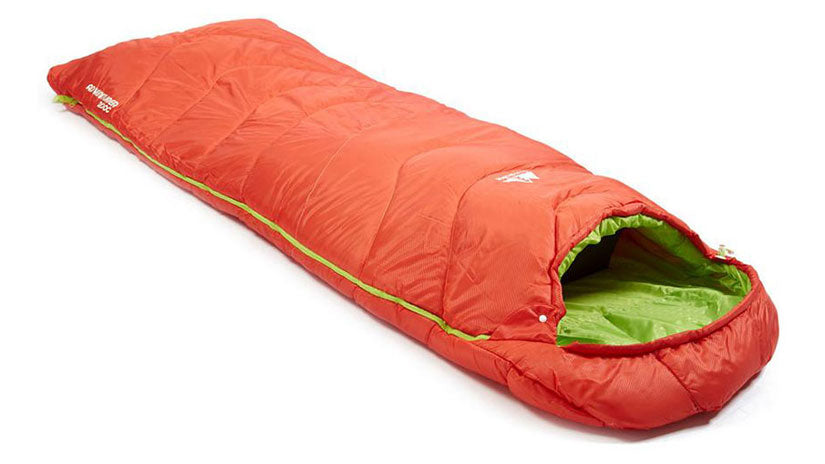
Now, it’s never going to be as comfy as a bed, but the right sleeping bag can be surprisingly restful. Invest in a high-quality one and you’ll find that it can last many years with the right care and treatment.
Again, there are multiple options within the world of sleeping bags. It all depends on what you’re looking for. Whether you want something more plush and roomy or something more streamlined and lightweight, you’ll be able to find it.
Sleeping pad
Now that your sleeping bag is all set, you need to look into getting a sleeping pad. Yep, that’s right, yet another item in this backpacking equipment guide that’ll help you get a much-needed good night’s sleep.

Not only will adding a sleeping pad amp up the comfort levels, but it’ll also help keep you warm if you’re planning a backpacking trip during the colder months (of which, let’s face it, there are many).
How? Well, sleeping pads insulate your body from any cold ground. If you’re going in the dead of winter, opt for a sleeping pad with a higher R-value for greater insulation.
Camping stove
Now, you don’t need to be cooking up a feast while on your backpacking trip, but a camping stove is essential for you to heat any food items up.

Depending on your culinary skills (and desires), you can find a backpacking stove to suit. You may prefer more compact stoves that are lightweight and easier to lug around, or you could opt for something more robust if you plan to be cooking for a larger group.
Consider the fuel type - liquid fuel is recommended for backpacking trips over gas stoves.
Food
Okay, while this isn’t exactly ‘equipment’, it makes its way onto this ultimate backpacking gear list because of how essential it is to the overall success of your backpacking trip. Make the wrong choice and you’ll be left weak and dissatisfied - and unable to enjoy your (likely to be) highly active days.
Here’s a rundown of the types of food you should take along while backpacking:
- Dehydrated backpacking meals (these are getting better!)
- Energy or protein bars
- Trail mix
- Crackers
- Cheese
- Nuts
- Eggs
Crockery and utensils
While we’re on the subject of food, let’s get to how you’re going to eat it. There are some pre-packaged dehydrated meals that you can eat straight out of the pack. Otherwise, get yourself a spork and some lightweight pots, plates and utensils.
Water filter
Turn any water along the way into drinking water using a filtration system. These can be more lightweight than you may think, and it’s the eco-friendly option for staying hydrated on the go.

Water storage system
This could be as simple as a bottle. Or, some people to carry a water reservoir pack which has a little pipe for drinking on the go. This makes remaining hydrated much easier and more convenient on hikes and climbs.
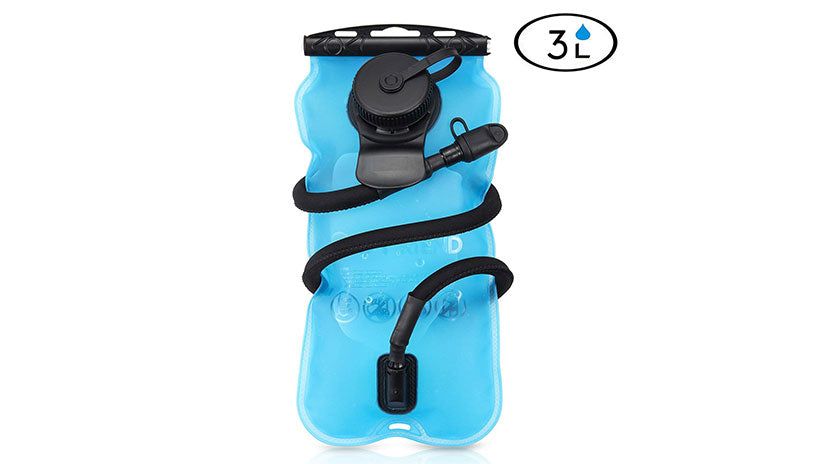
Headlamp
Another vital piece of equipment for your beginner backpacking trips (or backpacking trips at any level) is a reliable headlamp for all your nighttime activities. It can get pretty pitch black out there.

Don’t forget the spare batteries.
Navigation system
With the advent of smartphones and smartwatches, many backpackers are just using these as their GPS systems.
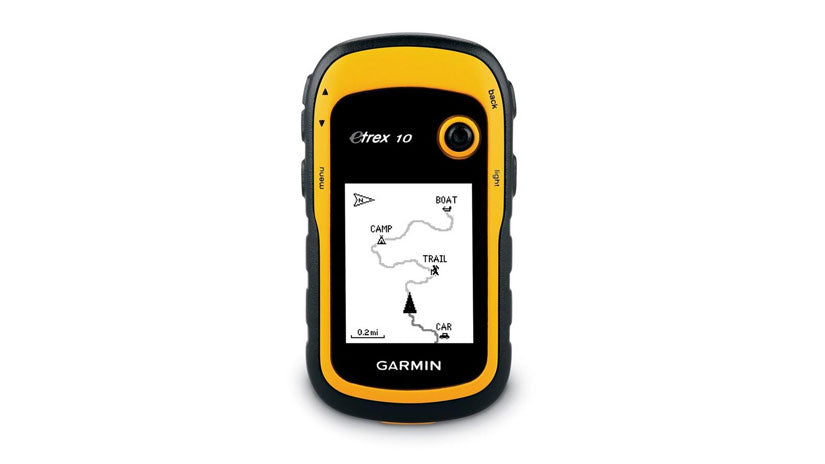
It’s a good idea to take a paper map along and orient yourself before your trip. As with any piece of tech, your phone can die on you. It’s not a good idea to rely on it entirely.
The right clothing
So much of the comfort of your backpacking experience will depend on your clothing.
Here’s a list of the gear you should invest in to make the most of your trip:
1. Hiking boots
Footwear is of the utmost importance while backpacking. Opt for something light and durable which can protect your feet from different types of terrain as well as the elements.
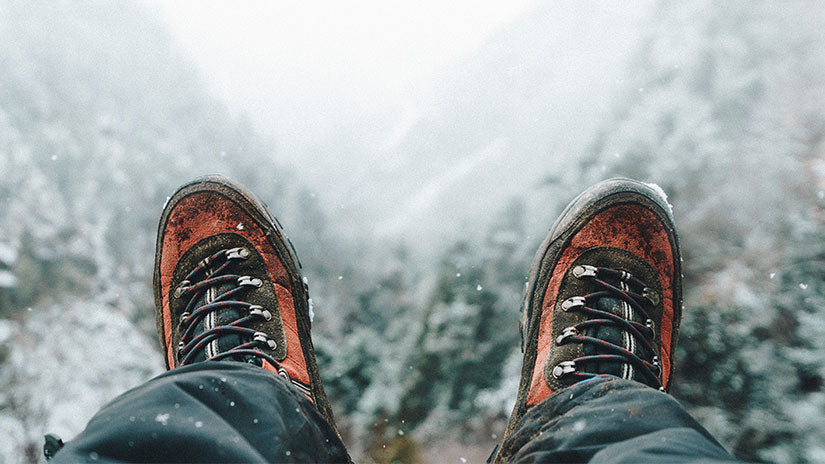
2. Cushioned socks (and lots of spares)
Your feet will thank you for it, check out a range of styles here.
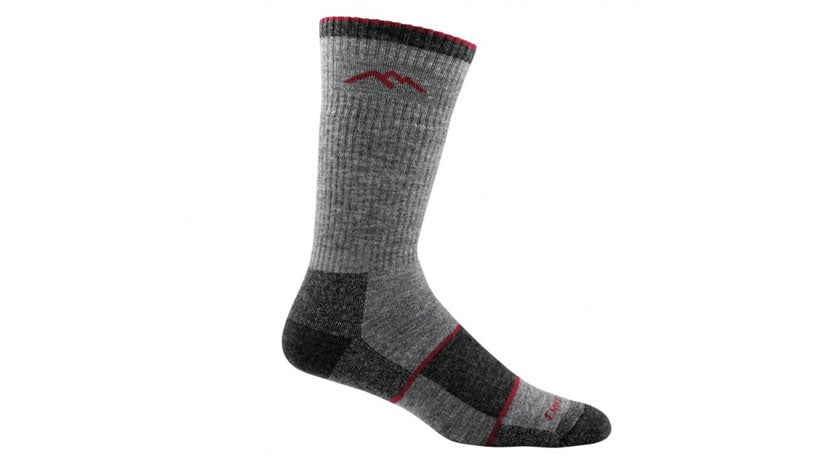
3. Breathable trousers
Make sure you get trousers that allow you to move around with ease while still protecting the lower half of your body.
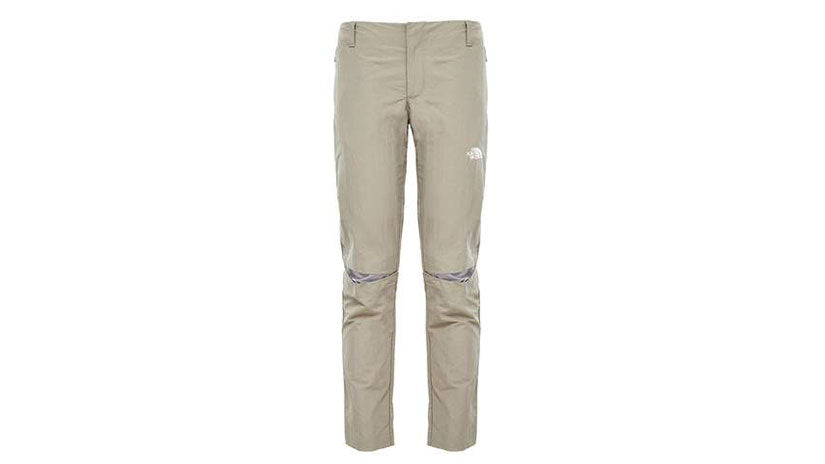
4. Waterproof jacket
Whether rain is in the forecast or not, it’s a good idea to get a jacket that’s weather resistant.
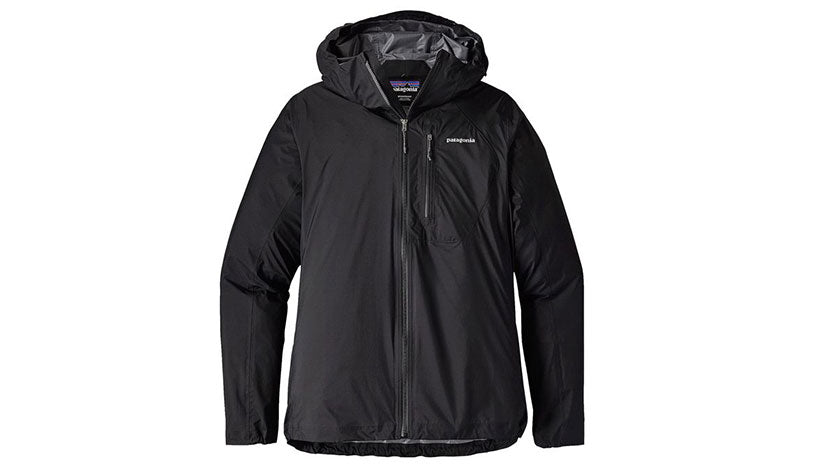
5. Base layers
Layering is your best friend while backpacking, especially if you’re planning to go during the winter months.


